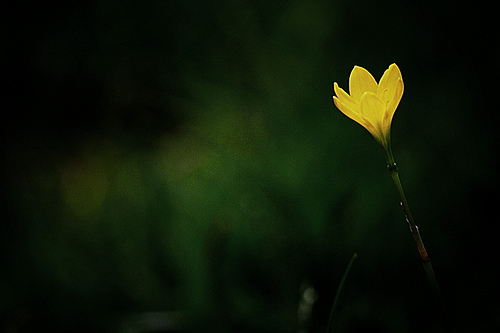The title of the post can be interpreted as:
- How to use another photographer’s photograph in my blog or website
- How to use another author’s article in my blog or website
- How to use and share music or art work
- How to avoid copy right violations
- How not to do plagiarism
- How to respect creativity and originality
- How to be a sensible, law abiding human being
- how to be a social animal and not just an animal
Often web sites, blogs and media (print / online) uses photographs and other content along with articles in their sites. The general practice is to search for an image in one of the search engines, download it and use it. By doing it the person who is using it is ignoring and dishonoring the photographer. A photograph, literature or art work freely available on internet does not mean that it is free for use. Here free can be both freedom to use or the money factor.
The most important thing to remember before copying an image, art or literature work is that the author might have spend hours of hard work, may be he risked his life to take a photograph and he or she uses costly equipment for taking photographs and often art work is the out come of personal suffering. The creator considers his/her work as his child and stealing an art work is stealing his or her child.
Mostly the content creators in internet share their work so that it is useful for others. Free knowledge sharing is what lead us to superior species on the planet and it is the foundation stone of every civilization in the world. Internet is the latest form of free and uncensored knowledge sharing and it will always remain the same. (oh, yea there are big brothers working against it but still there is hope.)
Before blindly copying any content from internet please verify the licensing terms under which it is released. Certain creators tend to release their works under closed copy right terms but there is a vast majority who posts their works under Creative Commons licenses.
For example the photo shown below is shared under Creative commons Attribution-Share Alike 2.0 licensing in flickr by Sajith TS (aka TS)
(oh, I must say that sajith should be punished for taking such wonderful photographs ! damn)
In short the Creative commons Attribution-Share Alike 2.0 means, anyone can copy, distribute and display the image. Anyone is free to make derivate works too. The creator only wants attribution to his work and the derivative work should be shared under the same terms and conditions. But the above conditions doesn’t mean the that the creator looses his rights at any point and he can change the licensing terms at any point of time. Often content creators specify that their works are not free for commercial use and thus the author gets renumeration for his work and he makes his work freely available for general public. In addition to the licensing terms, the flickr community guidelines says if any web site is using this work in their pages, there should be a link to the original photo page.
In short before copying any content on the internet check the following:
- Whether work is published by the original creator
- If its published by the original creator who own the content, check for the licensing terms under which the work is published.
- Even if the work is published under a licensing which makes everyone to freely use the work, its always a good practice to notify the creator that we are planning to use the work and get approval from him/her.
- Always give attribution/credits to the author/creator/artist/photographer
You may ask why should I do it ! Well, the content creator has rights to take legal action against anyone who copies content without permission. For example the India license has now been integrated into the Creative Commons licensing process, so you are able to license your works under this jurisdiction’s law. The creative commons licenses integrated to Indian law can be found here
Before copying and using a photo, an art work or an article from an internet search result, please take sometime to read through the pages, respect fellow human beings and understand that the human being who created is someone who just like you and learn to respect him or her.

